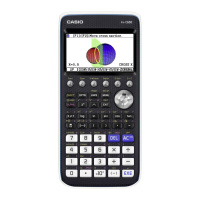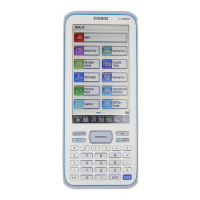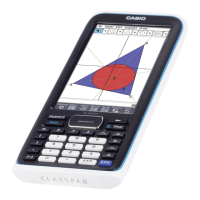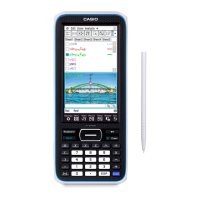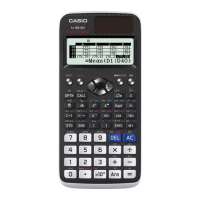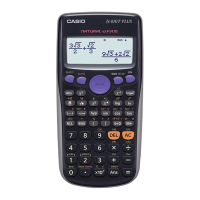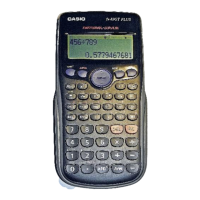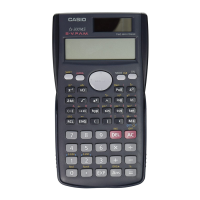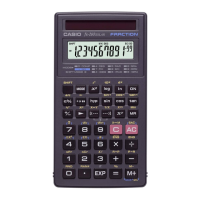Fostering Advanced Algebraic Thinking with Casio Technology
CHAPTER 1—POLYNOMIAL FUNCTIONS
Mathematics curricula often emphasize the practical applications of quadratic
functions, yet there is limited justification provided for studying higher-order
polynomial functions. In this chapter, we do just that!
We motivate the study of higher-order polynomial functions by introducing a classic
investigation into maximizing the volume of a cone—to hold ice cream, of course.
We then progress to using polynomial functions to model trends in data. For
example, a quadratic is used to model the results of a study on the empowerment of
women in Bangladesh, a much different use of the quadratic function than generally
found in algebra curricula. Higher-order polynomial functions are also used to
model the average nightly hotel rates in US cities and the number of lives saved
using airbags, seatbelts, and motorcycle helmets.
Features of polynomial functions, including intervals of increase and decrease and
relative minima and maxima, are the focus of these investigations. The goal is for
students to identify these features, and interpret the features with respect to the
data. We are hopeful that the investigations will help students better understand
polynomial functions and develop a greater understanding of the role these
functions can assume in identifying trends in data.

